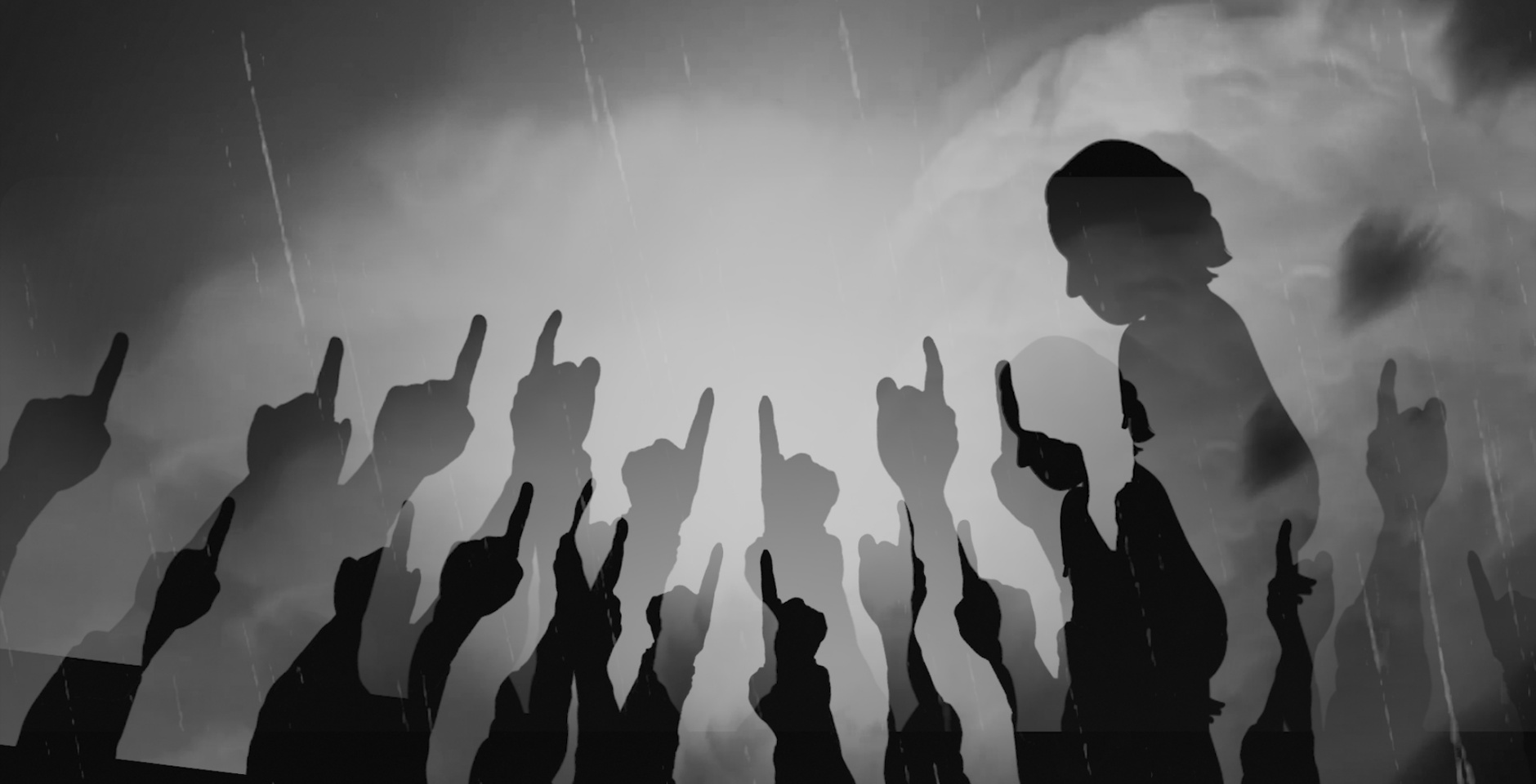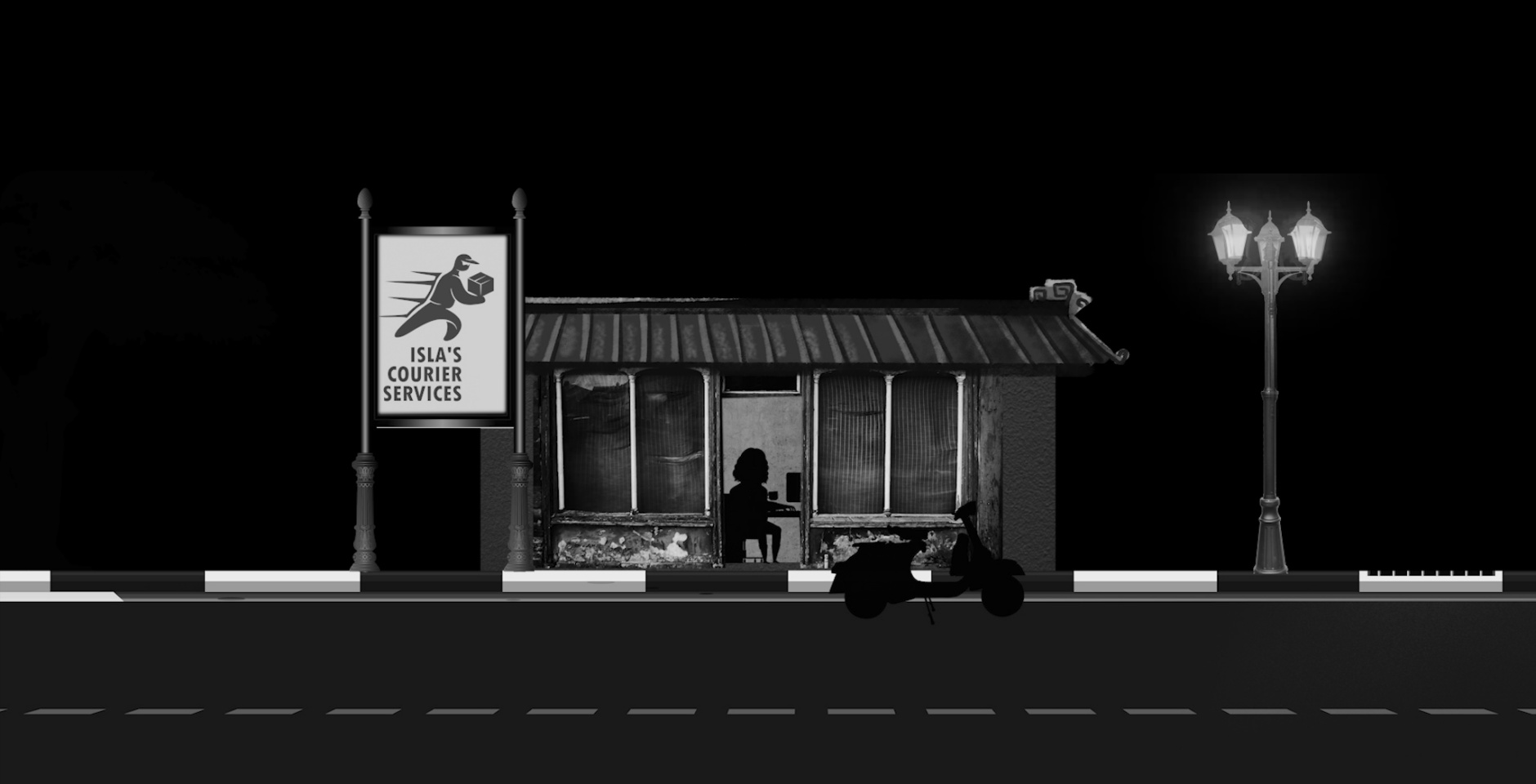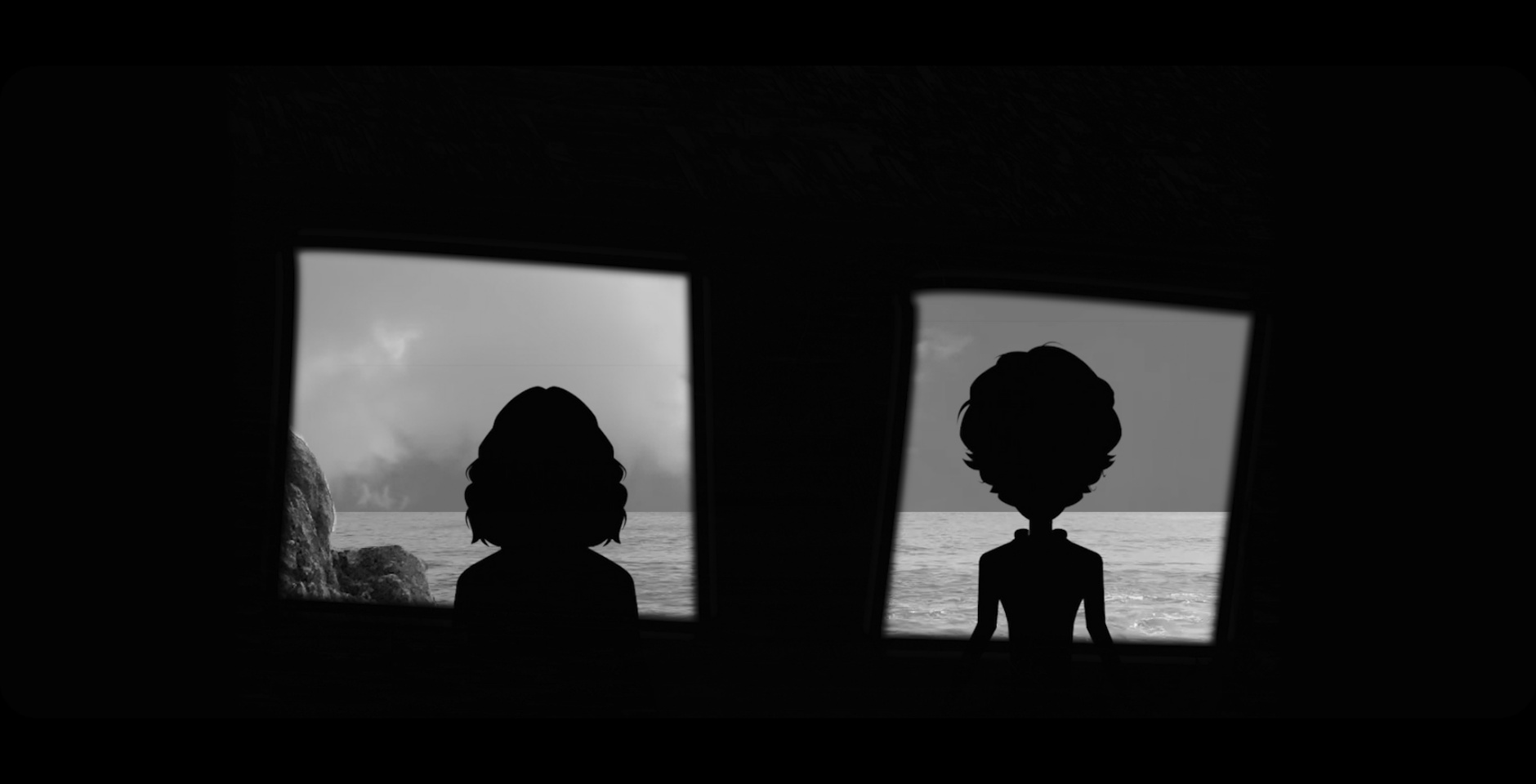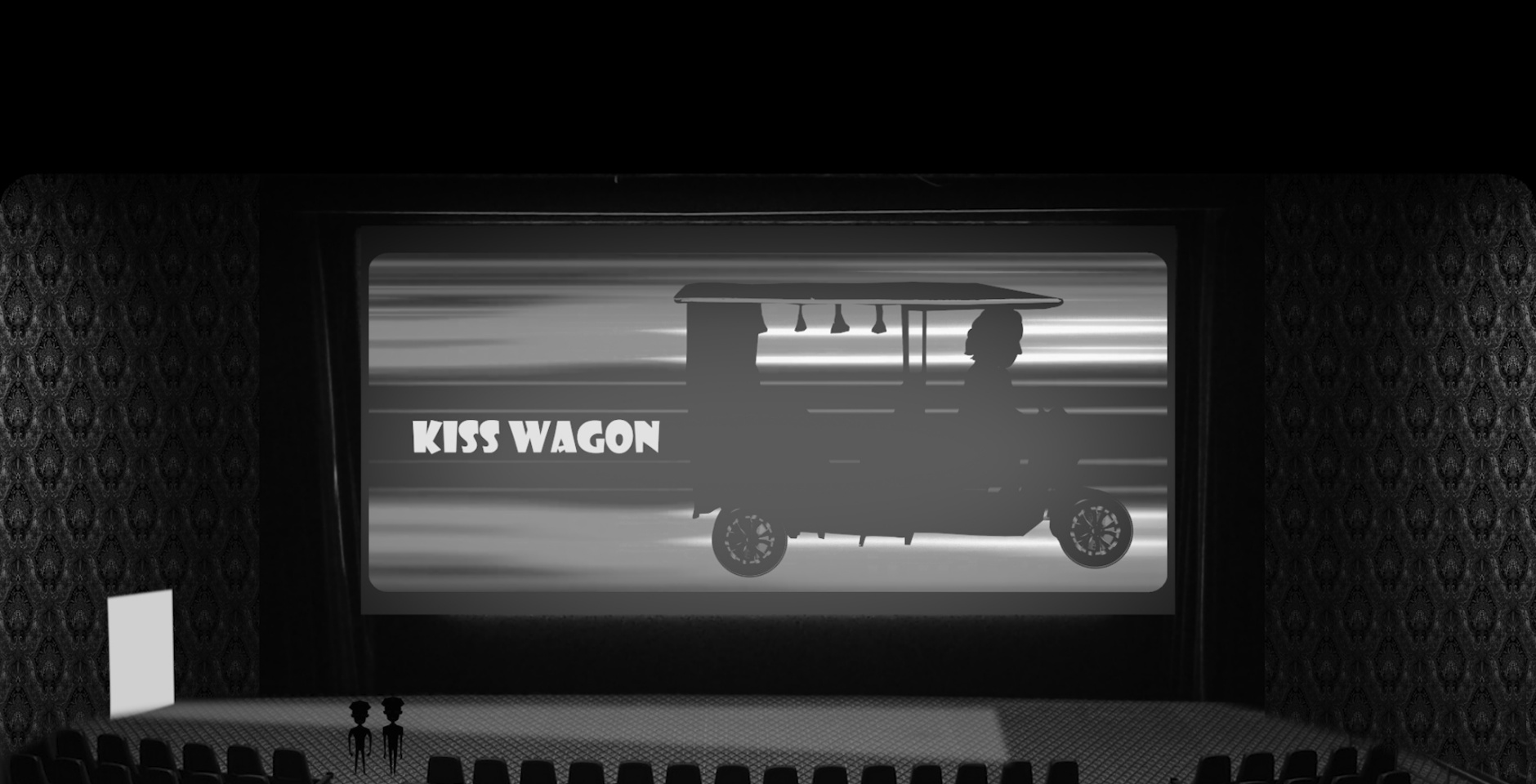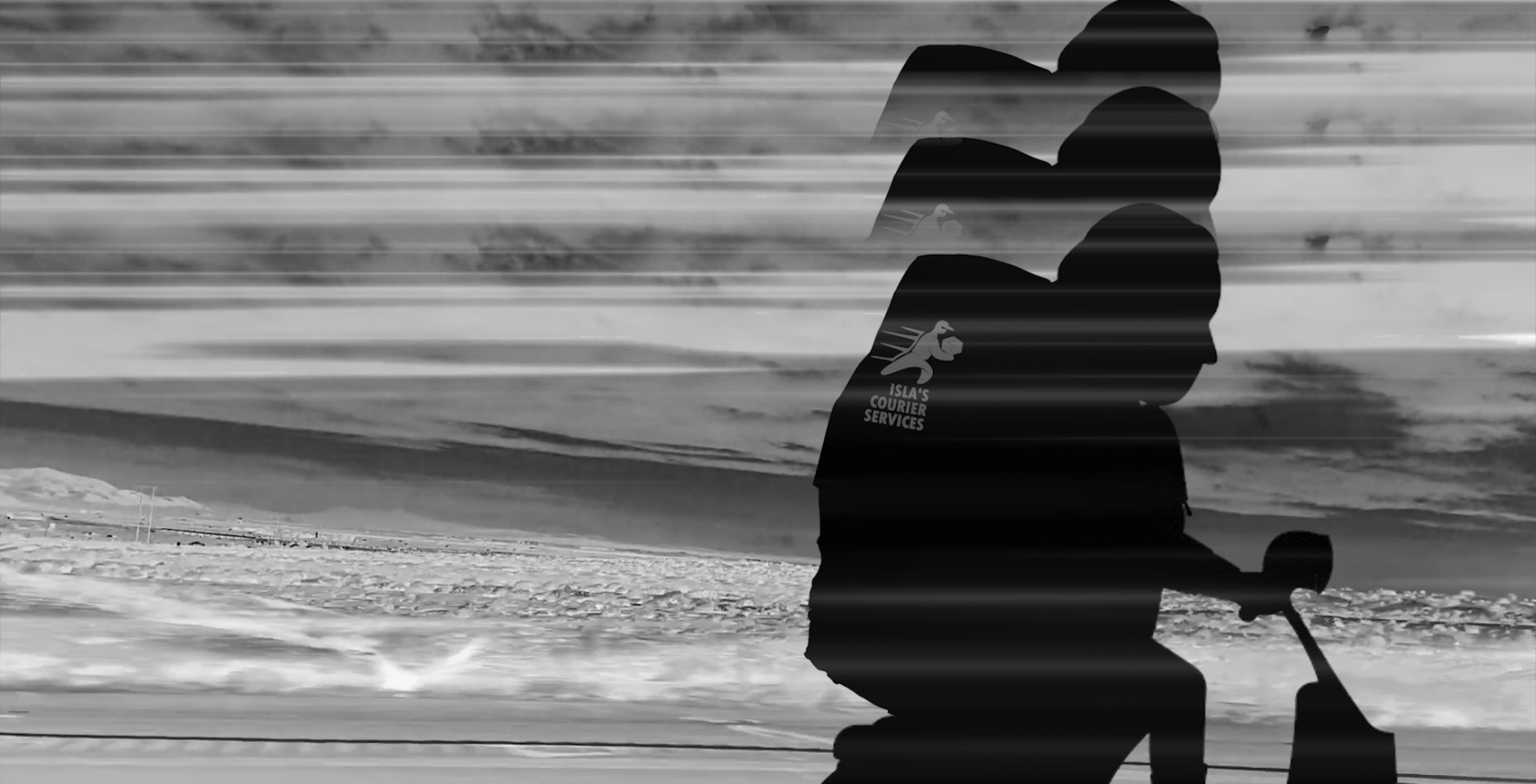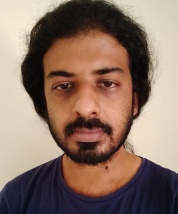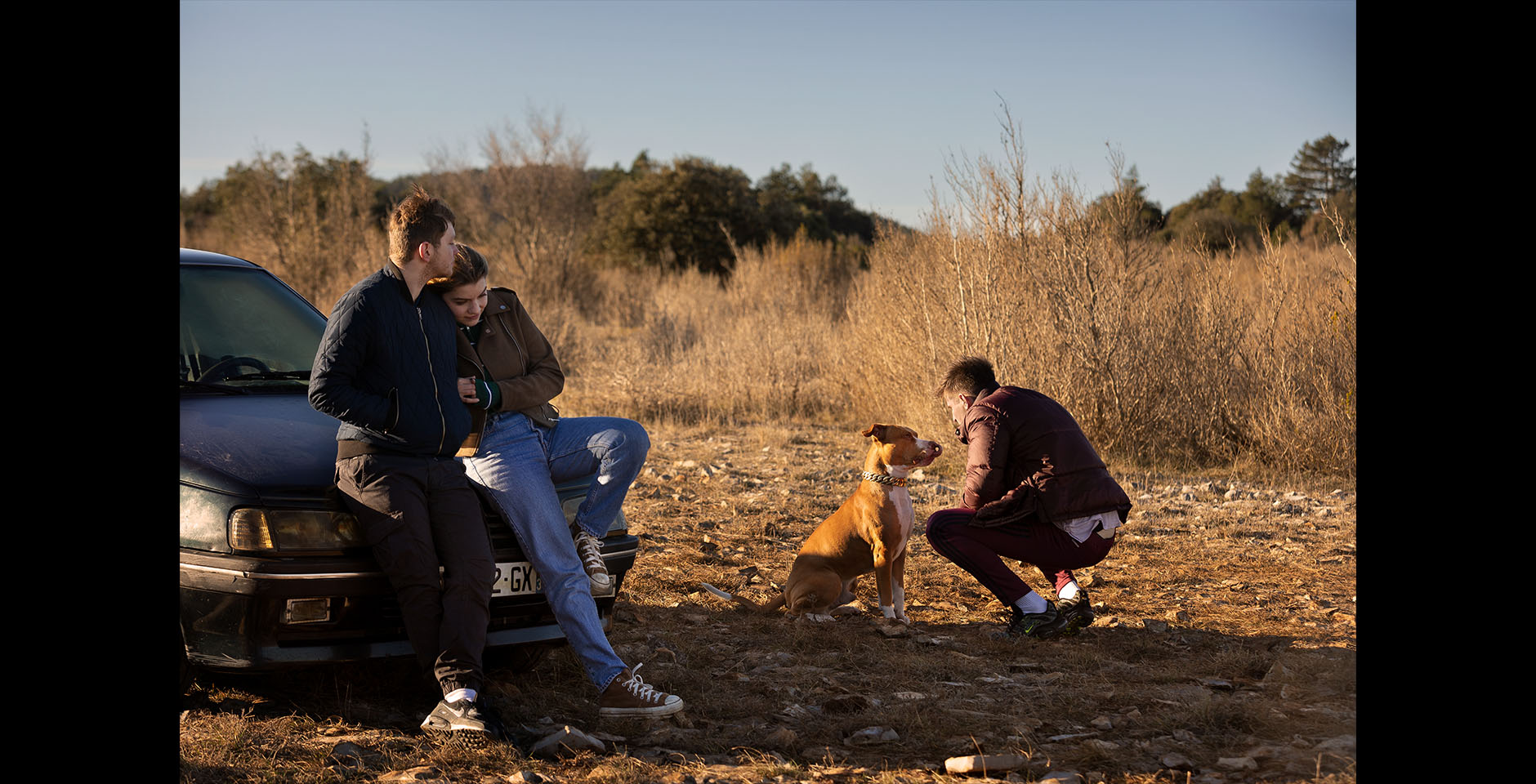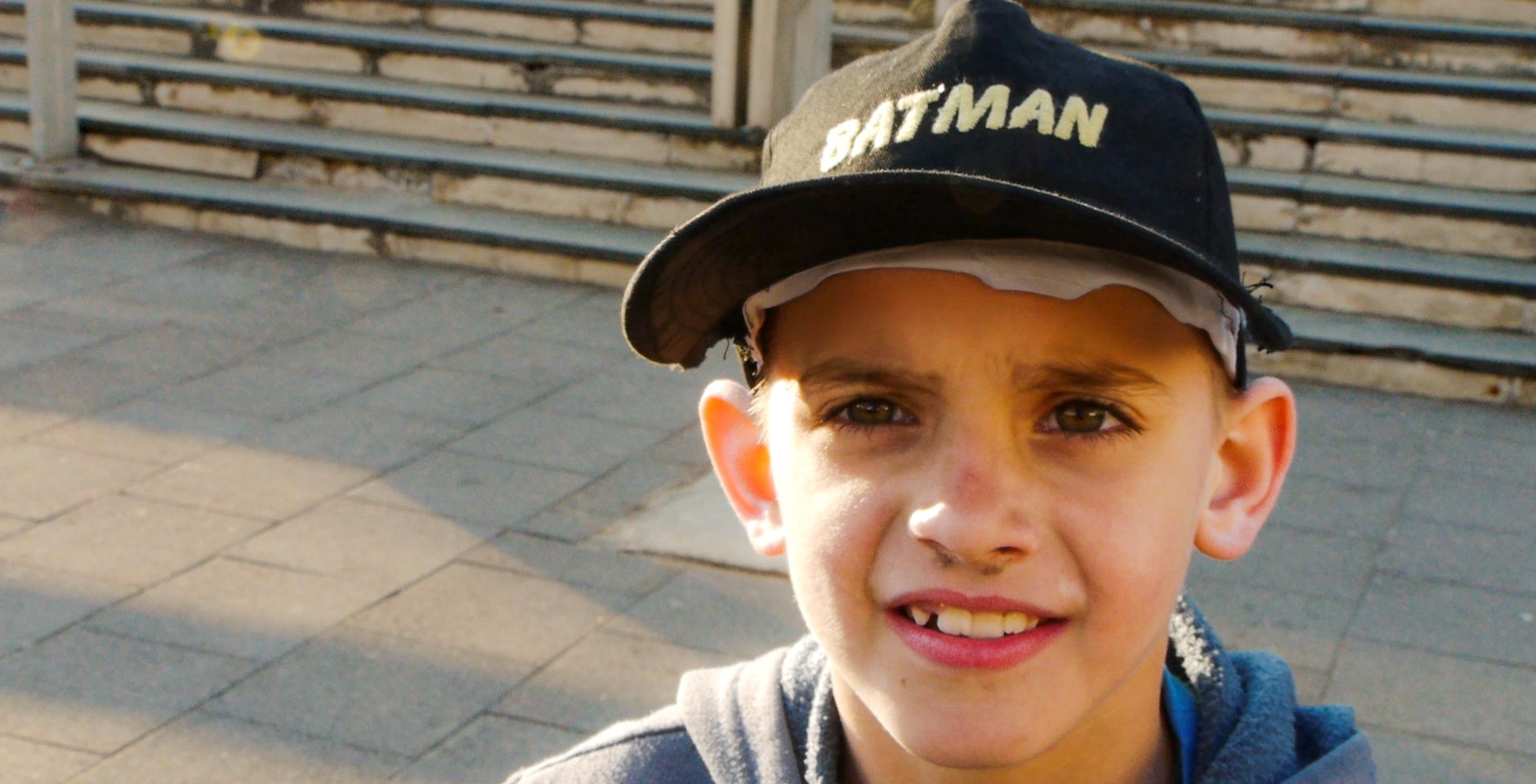Anyone who is going to watch Kiss Wagon should take it easy. Even the most intellectually bright person may find the film challenging to catch the story at least for the first 20 minutes. The story structure appears complex and sometimes overly floppy. However, the story’s roller coaster starts once you overcome the hurdles. The three-hour plot can be summarized as “Isla, a delivery person, delivers an item, requested by the police chief’s daughter, Rebecca.” The problem is that this parcel is a kiss, and Isla needs to search for the recipient. In the middle of a police chase, Isla goes out looking for the person to whom she must deliver the item. The story becomes increasingly captivating as it introduces a massive phenomenon occurring every 25 years, the existence of the mysterious film Kiss Wagon, and the secret of her birth. The consistent critique of power makes the story even more gripping. In terms of formality, the most striking aspect of Kiss Wagon is its animation technique, which extensively uses traditional Indian shadow play. The movie’s imagery strategy, which boldly mixes live-action footage and computer graphic images based on shadow play, is highly ingenious. (MOON Seok)













